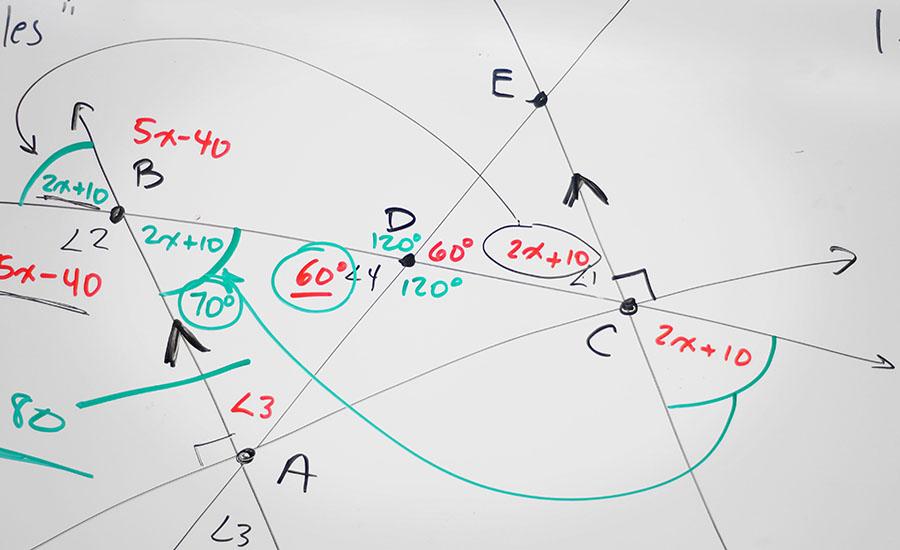Students are challenged to complete a Ziggurat temple with a working marble run attached. It is a challenge for students to construct the longest working marble run.
Students will use SEEK or other species identification tools to create a database of biodiversity on campus. The lesson starts with a discussion of the importance of biodiversity to the functioning of
This lesson plan focuses on the following standards : HS.P3U2.7 Use mathematics and computational thinking to explain how Newton’s laws are used in engineering and technologies to create products to
This lesson plan will focus on different fun and engaging activities pertaining to one of the most complicated standards in physics, which is projectile motion. At the end of this lesson students are
This lesson plan is designed for students to investigate the relationship between force, mass, and acceleration. The lesson starts with a phenomena video and hypothesis question. It is followed by a
Students investigate options for covering a unique shaped pool with circular solar pool covers. This lesson includes using a scaled drawing to create calculations and creating a proposal.
Students will design a keychain in Tinkercad, strengthening their understanding of metric units and design, while also using the following mathematical vocabulary: volume, prism, cylinder, millimeters
This is a comprehensive lesson plan that takes teachers through the process of building a scale solar system out of classroom materials. It takes teachers through the Sun, the Inner Planets, the Outer
Students will conduct a lab activity to gather information about how the heart rate can be affected by rest and by exercising. They will learn how to calculate their own target heart rates using a
This STEM activity is designed to explore force, motion, friction, and speed with a student-friendly and engaging activity. Students will plan and create a marble maze using simple materials. Material
This lesson will provide students with hands-on experience to design a roller coaster that will demonstrate transformation and conservation of mechanical energy. Students will learn the concept of
First students will learn what engineers do and a few different strategies they might use to build strong buildings. Students will create a structure of any shape using given materials to withhold two
The lesson introduces Boolean operations as a tool for searching and then relates the effect of the Boolean operator to the similar effect in Boolean logic as a means to introduce Boolean logic and
Featured Lesson Plans
Check out these notable lesson plans.

Students use Google Earth Timelapse to observe changes to glaciers over time before completing an investigation on the effects of melting sea ice and land ice on global sea level rise. This

This is the second lesson plan that goes with the series of four lesson plans for the book Song for a Whale by Lynne Kelly. This lesson focuses on vibrations, sounds, and music. The final project is

SNOW
This lesson includes literacy, math, and art about snowflakes. Within math, students will dive into an analysis of angles within a common snowflake. Students will listen to an informational text about


